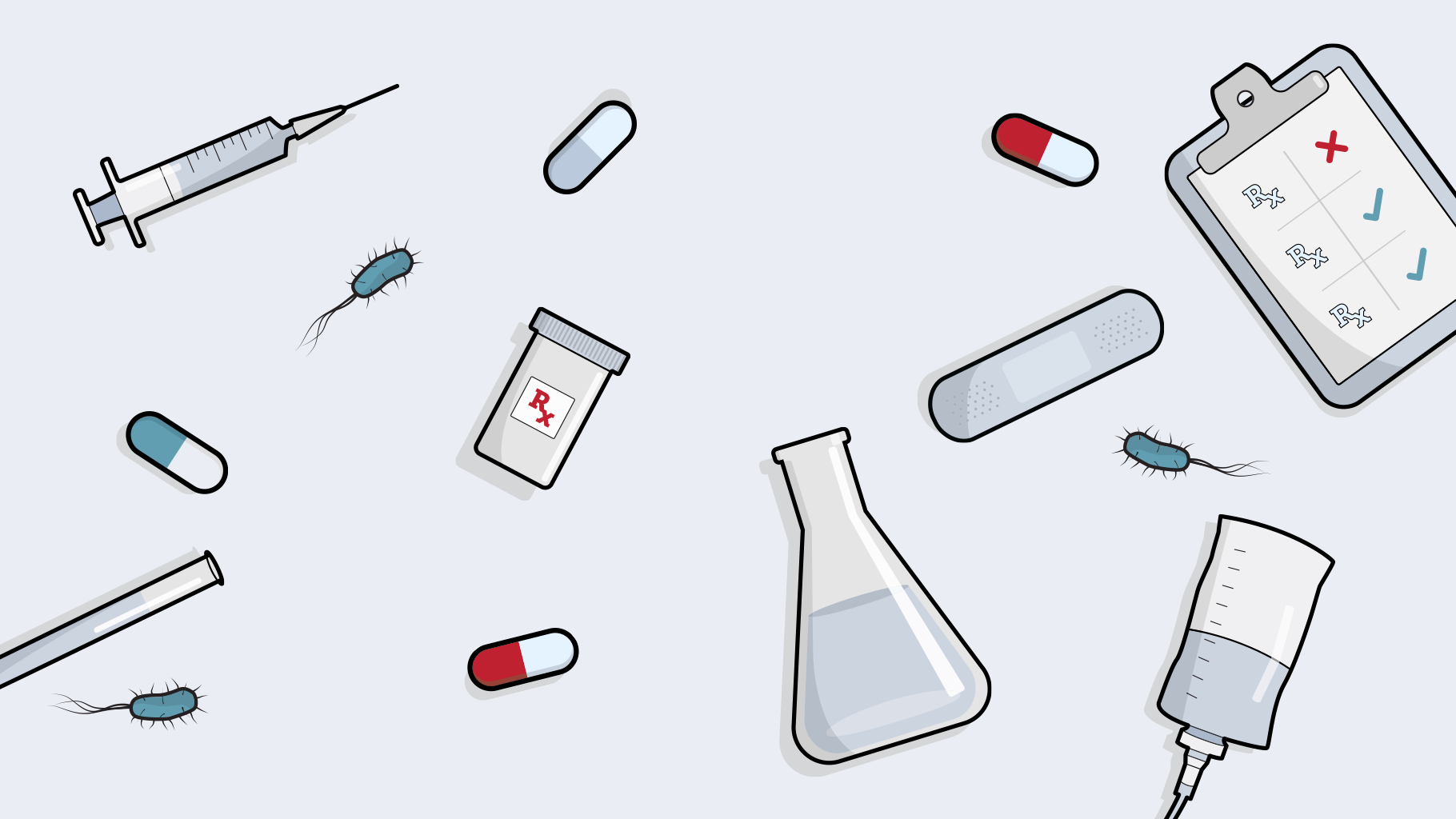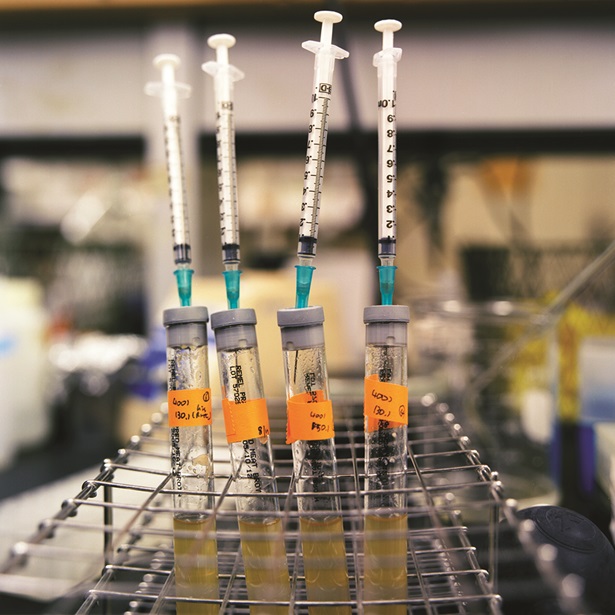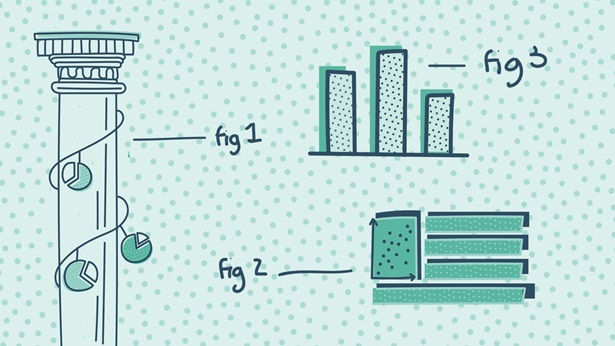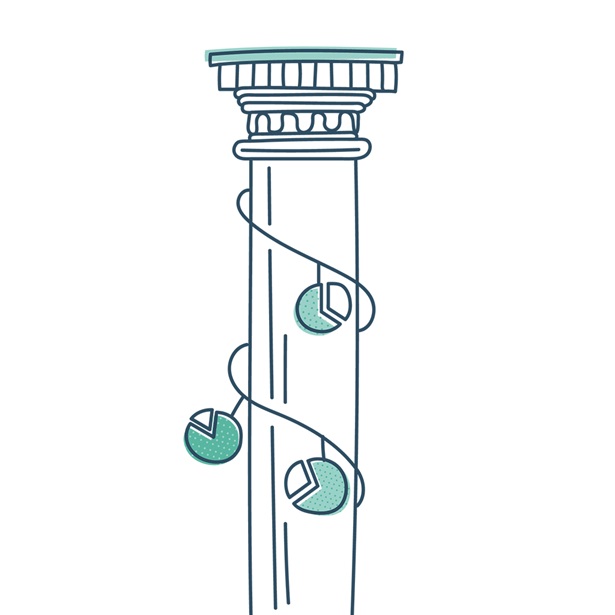The Growing Threat of Antibiotic-Resistant Bacteria
Where superbugs come from and what can be done to combat them

Common bacteria, such as those that cause urinary tract infections and sexually transmitted infections, are becoming increasingly difficult to treat. Without effective antibiotics, even simple infections could become deadly, making medical procedures like surgery, chemotherapy, and dialysis too dangerous.
What is driving the rise in multidrug-resistant superbugs?
The more antibiotics are used, the less effective they become. Unnecessary and inappropriate use accelerates that process.
The COVID-19 pandemic has intensified the superbug threat.
Early in the pandemic, antibiotics were often given to patients even though these drugs do not effectively treat viral illnesses.
What can be done to combat antibiotic-resistant bacteria?
Eliminate inappropriate use of these lifesaving drugs and address the complex economic barriers hindering the development of new treatment options for patients.
Together, these efforts will help save antibiotics and protect the health of patients today and for generations to come.
This article was previously published on pewtrusts.org and appears in this issue of Trust Magazine.


America’s Overdose Crisis
Sign up for our five-email course explaining the overdose crisis in America, the state of treatment access, and ways to improve care
Sign up

Superbugs: A Global Health Threat


Inappropriate Antibiotic Prescribing Comes With Risks








